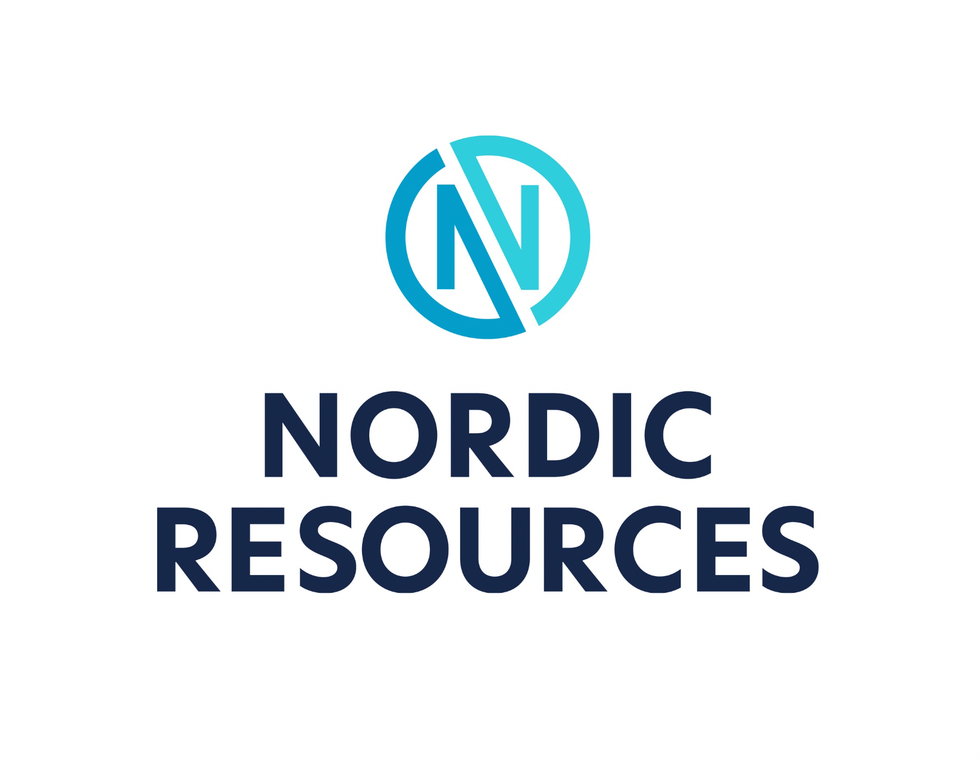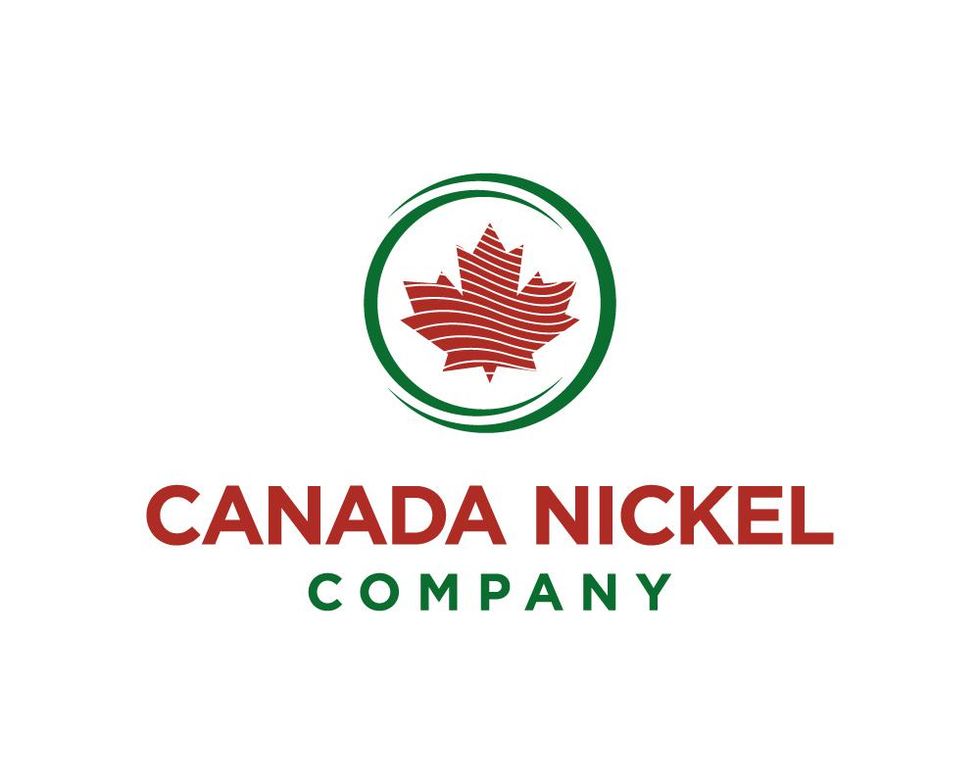Nickel Outlook 2020: Deficit to Support Prices, EV Story Still Strong

What’s in store for nickel in 2020? Experts share their nickel outlook, from supply and demand dynamics to price predictions.
Click here to read the latest nickel outlook.
Many analysts thought nickel would have a quiet 2019, but its year turned out to be stellar.
Prices for the base metal were up almost 30 percent year-to-date as of the end of December, with one of the main drivers being Indonesia’s export ban news.
Nickel started the year trading for US$10,435 per metric ton and ended around the US$14,000 mark. Its jump happened in the summer, when it changed hands for its highest price of the year — US$18,620.
But what’s the nickel outlook for 2020? Here, the Investing News Network (INN) looks at what experts expect for nickel supply, demand and prices in 2020.
Nickel outlook 2020: Indonesian ban to rock supply
In 2019, nickel was not immune to the US-China trade war, with supply reacting to trade war concerns throughout the first half of the year.
“Nickel prices slumped on narrowing supply deficits and weaker growth prospects in China amid the intensifying trade spat with the US, which has knocked demand,” Ricardo Torné, FocusEconomics‘ lead economist, told INN. “This came as a surprise to many analysts who had expected prices to trend higher through the first half of the year.”
The third quarter was by far the most dramatic for nickel, with the metal making massive gains within the span of weeks, if not days. The jump in price was linked to rising speculation regarding Indonesia’s nickel ore export ban, which the government confirmed in September. Wood Mackenzie has estimated that the ban will directly result in the loss of 190,000 metric tons of nickel in 2021.
“We did expect the price of nickel to increase this year, but we did not expect that to happen so quickly,” Blackstone Minerals (ASX:BSX) CEO Scott Williamson said to INN, adding that the volatility seen in the space is something that is very difficult to predict.
Indonesia’s nickel ore export ban defined much of 2019, and its effects are seen playing a major part of nickel’s story in 2020.
Many miners have expressed excitement regarding the ban, seeing it as an opportunity to expand production. “For Vale (NYSE:VALE), we see Indonesia as a great opportunity to expand our production,” Steven Brown, general manager at the firm, said at a nickel conference earlier this year.
While nickel’s momentum is exciting, Blackstone’s Williamson acknowledged that it comes with issues.
“It does make it difficult when the prices are moving around a lot — it can be a challenge on the raising capital aspect for projects as well,” he said.
With regards to supply, Karen Norton, senior base metals analyst at Refinitiv, stated that supply will take a sharp turn as Indonesia’s nickel ore export ban removes available ore from the global supply.
“The impact of the Indonesian ore ban may be underestimated if the domestic downstream plants and projects are unable to consume the surplus ore. The impact would be exacerbated if the Philippines industry also encounters problems,” she explained.
Nornickel (OTC Pink:NILSY,MCX:GMKN) echoed this sentiment in a November report produced in cooperation with ICBC Standard Bank.
“2020 will become a transitional year for the industry,” the report states. “The current market situation is not expected to change materially any time soon, with the status-quo supported by ongoing increases in NPI production volumes in Indonesia, and growing supplies of nickel ore from the Philippines, New Caledonia and Guatemala.”
After 2020, however, Nornickel believes the market is likely to face a structural deficit.
Some companies, like Jinchuan Group (HKEX:2362), hope to fill the supply gap left by Indonesia’s ban using their own mines.
“Indonesia should have some impact,” said General Manager Jack Zhou. “But we at Jinchuan will be able to make up the deficit (from) our own ore assets and mines in Qinghai. We can use all of that.”
Nickel outlook 2020: Stainless steel key for demand
Nickel demand is likely to remain high as stainless steel production stays strong and electric vehicles (EVs) continue to rise in importance.
Early on in 2019, Benchmark Mineral Intelligence Managing Director Simon Moores mentioned this fact in a hearing before the US Senate Committee on Energy and Natural Resources.
“As lithium-ion battery manufacturers reduce the amount of cobalt used in battery cells, nickel consumption rises and it does so in a major way,” said Moores.
He added that nickel demand is expected to increase up to 19 times if under-construction lithium-ion production facilities come online as planned.
In May, the International Energy Agency (IEA) reported that the global electric car fleet had already expanded dramatically, with the total exceeding 5.1 million units in 2018, up 2 million units from 2017. The IEA expects this growth to remain consistent as the world moves toward electrification.
Nornickel also forecasts growth due to the ever-growing popularity of EVs.
The company expects persistent growth in demand from car battery manufacturers, but expressed doubts that the announced new crude ferronickel production capacity in Indonesia will be enough to meet the increasing demand in the long term.
“The Indonesian decision to introduce a ban on nickel ore exports ahead of the schedule is yet another factor fuelling general uncertainty and market volatility,” the report states.
According to FocusEconomics’ October report, nickel will continue to be influenced by electrification.
“Over the longer-term, higher EV-battery output bodes well for demand and should help lift prices to a certain degree,” reads the document.
Speaking with INN at this year’s Benchmark Minerals Week, Jim Lennon, senior consultant at Macquarie, said that in the short run, batteries will only make up 5 to 7 percent of total nickel demand — a very small portion of the market. The demand driver will continue to be stainless steel.
Norton shared similar thoughts on stainless steel.
“Stainless steel continues to drive demand such that the recent slowdown in China is disconcerting,” she said, adding that investors should also keep an eye on any battery-related developments.
For Lennon, the challenge for the battery industry is to find nickel units suitable to make batteries.
“Virtually all nickel supply growth in the past years has come from nickel pig iron … which is not suitable for the batteries — so the challenge is to compete for the available nickel units,” he added.
Considering the demand forecast for nickel in batteries, Blackstone’s Williamson suggested investors new to the sector look for nickel sulfate projects.
Blackstone is currently working on a maiden resource and a scoping study for the Ta Khoa nickel project in Vietnam, to be published in the next six to 12 months.
Nickel outlook 2020: Price predictions
As supply dwindles and demand grows in the long term, many analysts and companies expect nickel’s price to increase — but the timeline of this growth is the real question.
For Norton, the coming nickel deficit will influence the metal’s story in 2020.
“Another year of deficit should underpin prices and limit the downside prices,” she said. “However, the deficit will be relatively modest, and combined with slower demand growth and large hidden stock levels, this should act as a brake on prices.”
FocusEconomics’ panel of analysts projects that the price of nickel will fall in the coming months. Prices are forecast for US$15,856 in Q4 2020, while the average price for Q4 2021 is set at US$15,344.
Don’t forget to follow us @INN_Resource for real-time news updates!
Securities Disclosure: I, Sasha Dhesi, hold no direct investment interest in any company mentioned in this article.
Editorial Disclosure: The Investing News Network does not guarantee the accuracy or thoroughness of the information reported in the interviews it conducts. The opinions expressed in these interviews do not reflect the opinions of the Investing News Network and do not constitute investment advice. All readers are encouraged to perform their own due diligence.





